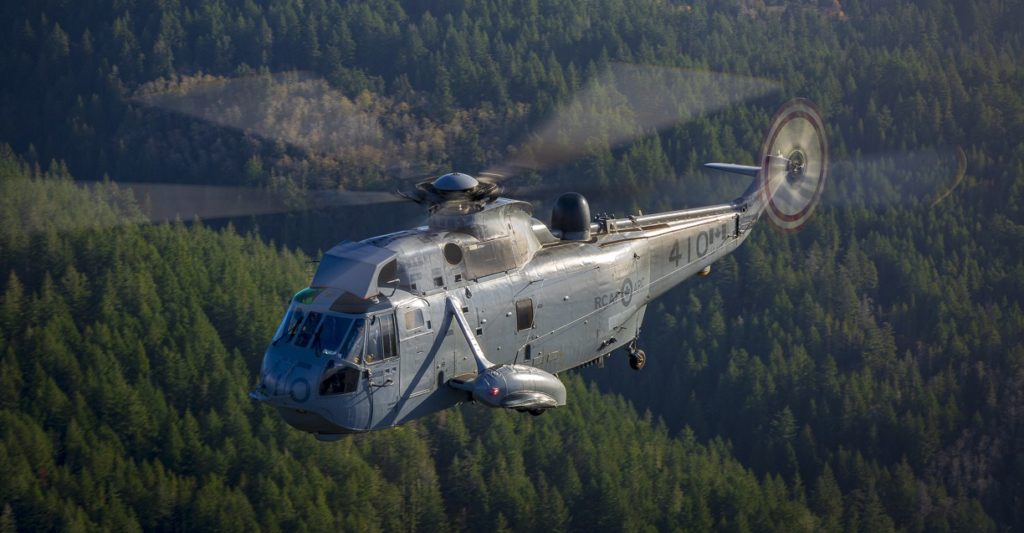October 21, 2018 |
Local,
Naval
DAVID PUGLIESE, OTTAWA CITIZEN
The Canadian Surface Combatant project will see the Halifax-based Irving build 15 warships, which will form the backbone of the future Royal Canadian Navy
The Canadian government has selected a consortium closely linked to Irving Shipbuilding to provide it with a new warship design for the most expensive defence project the country has ever seen.
Canada announced Friday it had chosen the Type 26 warship design by British defence firm BAE for the $60-billion program to replace the Royal Canadian Navy's Halifax-class frigates. Lockheed Martin Canada is leading the BAE consortium and will be the prime contractor. The group's win had been anticipated since 2016, however, after rival defence firms raised concerns that the competition had been rigged in favour of the British design.
The Canadian Surface Combatant project will see the Halifax-based Irving Shipbuilding build 15 warships, which will form the backbone of the future Royal Canadian Navy. It will be the largest and most complex procurement in Canadian history. However, it is seen as a major departure from previous procurement processes, as Irving is playing a significant role in selecting the winning design.
The previous federal procurement minister, Judy Foote, had said only mature existing designs or designs of ships already in service would be accepted for the bidding process, on the grounds they could be built faster and would be less risky — unproven designs can face challenges as problems are found once the vessel is in the water and operating. But the Liberal government and Irving accepted the BAE design into the process, though at the time it existed only on the drawing board. Construction began on the first Type 26 frigate in the summer of 2017 for Britain's Royal Navy, but it has not yet been completed.
Both Irving and the federal government have insisted the procurement was being conducted in a way that ensures all bidders are treated equally, overseen by a fairness monitor with no unfair advantage given to any individual bidder. Nonetheless, while three consortiums submitted bids for the surface combatant program, several European shipbuilders decided against participating because of concerns about the fairness of the process. Others raised concerns about BAE's closeness with the Halifax firm.
Last year a French-Italian consortium also declined to formally submit a bid and instead offered Canada a fleet of vessels at a fixed price. Officials with Fincantieri of Italy and Naval Group of France said they don't believe the procurement process as it is currently designed will be successful. The federal government, however, rejected the deal.
The federal government had to remind Irving about the potential for conflict of interest when the firm joined forces with BAE in late 2016 to bid on a multi-billion dollar contract to provide maintenance and support for the navy's new Arctic patrol and supply ships.
The Irving-BAE alliance was not successful in that bid, but it led the government to remind Irving it had an obligation to “ensure that the Canadian Surface Combatant competition is conducted in a manner that is free from real or perceived conflicts of interest,” according to February 2017 documents prepared for defence minister Harjit Sajjan and released to the Conservatives under the Access to Information law.
Andre Fillion, assistant deputy minister for defence and marine procurement at Public Services and Procurement Canada, said Friday's decision is not a contract award. “It's an important step to getting to contract award in the coming months,” he said.
Negotiations will now begin with Lockheed Martin. if negotiations proceed accordingly a contract is expected to be signed sometime between January and March 2019.
But Fillion said if there are issues with those negotiations and an agreement is not reached, the government will then turn to the next highest-ranked bidder. The government has declined to identify that firm, but the other bidders were from the U.S. and Spain.
The Canadian Surface Combatant program has already faced delays and rising costs. In 2008 the then-Conservative government estimated the project would cost roughly $26 billion. But in 2015, Vice-Admiral Mark Norman, then commander of the navy, voiced concern that taxpayers may not have been given all the information about the program, publicly predicting the cost for the warships alone would approach $30 billion.
https://ottawacitizen.com/news/british-design-selected-for-canadas-60b-warship-replacement-program-amid-concerns-about-winners-links-to-irving/

